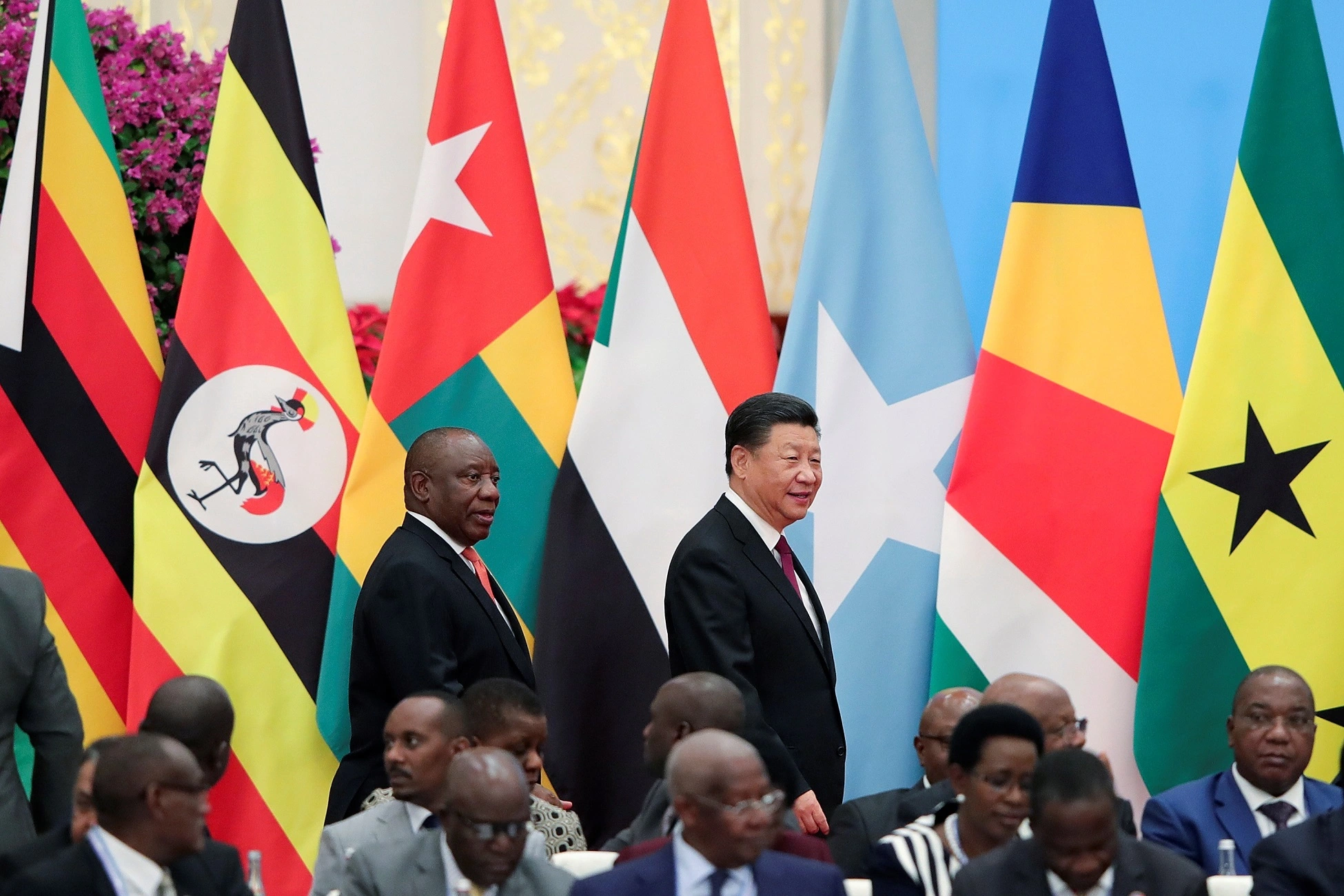
by Bhabani Shankar Nayak 28 August 2022
The International Debt Statistics (2022) published by the World Bank has revealed that the external debt of 123 low- and middle-income countries have increased on average 5.6 percent to $8.7 trillion in 2020. It shows devastating impact of the pandemic on economy of the developing countries. The G20 creditors have designed a policy framework called the Debt Service Suspension Initiative (DSSI) as if the creditors are doing a charity for the poor living in the developing world. The international debt trap locks people and countries within an economic system where borrowing is normalised to service growing debt burden. Debt trap eats away income, wellbeing and livelihoods of people. Many poor commit suicides due to debt trap. Similarly, poor and developing countries sacrifice their economic independence and political sovereignty in decision making over their own people, resources and territories. The creditors force the debt trap countries to follow various policies that facilitates in realising the objectives of the developed creditor countries. It is a systematic strategy of develop countries to exploit the developing countries. Debt is a tool of control and exploitation. It helps to widen the gap between rich and poor, developed regions and under develop regions. The international debt crises and traps poverty, underdevelopment and inequalities are products of colonial politics and neo-colonial policies imposed on developing countries by the developed countries.
There is a long-standing history of developed countries to occupy the territory and resources of the debt defaulter countries. For example, the French and Belgian soldiers had occupied the Ruhr; an area in North Rhine-Westphalia, Germany and access coal when the country failed to repay Versailles debts. During colonial period, countries in Asian, Africa and Americas were divided between European colonisers and European colonialism has established international debt trap in these continents. After the first World War, the United States Congress refused to cancel European debt. However, after the Second World War, the European countries have cancelled each other’s debt and came together during the Bretton Woods Conference to create an international financial system under the leadership of US. This conference led to the rise of Bretton Woods institutions and institutionalise international debt trap of the post-colonial developing countries.
During the 1990s, the G7 developed countries created a regime of free market economy led neo colonial economic policies under the leadership of the World Bank and IMF. These two institutions imposed structural adjustment, liberalisation, privatisation and globalisation policies on the countries which failed to repay the debt. These policies were tools of indirect control over natural resources, domestic consumer, labour and investment markets of the defaulter countries. The international debt trap is the mother of all economic crises in the developing countries which helps to maintain the economic and political hegemony of the developed countries in western Europe and US.
The international debt trap is resurfacing from 2020 onwards after the publication of “The Elements of the China Challenge” by the Policy Planning Staff, Office of the Secretary of State, United States. This unclassified Policy Planning Staff paper focuses on China’s “predatory development program and debt-trap diplomacy.” The paper also claims and highlights “Beijing’s authoritarian goals and hegemonic ambitions” It also argues that “the CCP has undertaken major infrastructure and investment projects, debt-trap diplomacy, and other predatory economic practices in every region of the world, the better to induce or compel sovereign nation-states, particularly their governing and business elites, to aid and abet China in the reshaping of world order. And the CCP has leveraged its integration into international organizations to infuse them with norms and standards rooted in the party’s authoritarianism”. These ideologically driven propaganda is far from truth. There is no factual foundation to such claims. It is part of a relentless anti-Chinese propaganda.
The rise of China and its internationalism based on peace and development threatens the very foundation of debt driven international financial system led by western Europe and US. China is engaging with developing countries without putting any conditions and helps different countries in Asia and Africa to develop infrastructure to mobilise their own resources for their own economic development that is free from debt and western dependence. Such mutually beneficial engagement between developing countries and China threatens the very foundation of western hegemony. Therefore, China is portrayed as a devil by the so called western democratic world.
In reality, the Chinese government is deepening its relationship with African continent by forgiving 23 interest-free loans for 17 African nations. The Chinese government has also cancelled more than $3.4 billion debt and restructured around $15 billion debt for the African countries between 2000 and 2019. Beijing is also renegotiating 26 other loans while refinancing around $15 billion of debt in Africa. Therefore, the Chinese debt trap is an ideologically motivated campaign to defame China and its alternative approach to international debt, bilateral, multilateral trade and infrastructure development programme. The western countries asks for structural adjustment to diminish welfare state and its infrastructure whereas China provides debt for infrastructural development for the rise of an economically independent state. China shows its commitment to mutual development when it comes to debt and investment whereas western countries impose conditions of investments that exploits people and their environment in the developing world.
These two tales are central to understand and overcome debt driven capitalism and denounce western model of international economic system that destroys democracy for market, ruins people’s lives and livelihoods for profit and creates foundation for environmental disasters. The working poor across the world are victims of such a debt trap created by capitalism under the leadership of western states and governments. It is time to dismantle capitalism and its debt driven financial architectures for the sake of humanity, peace, prosperity and the planet.
